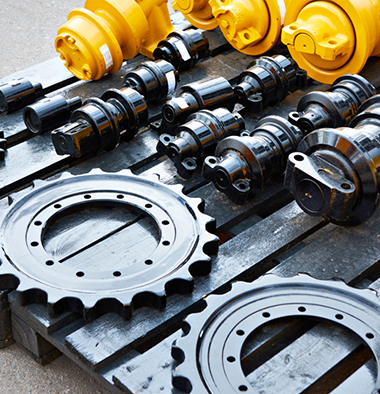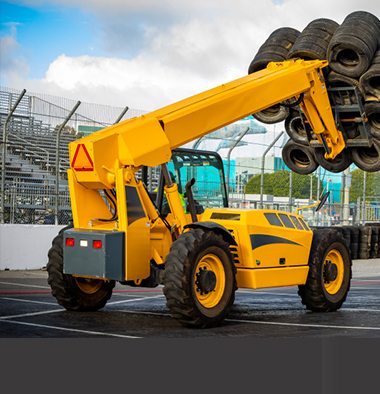 BEST GIFTS FOR THE CAR LOVER ON YOUR SHOPPING LIST
BEST GIFTS FOR THE CAR LOVER ON YOUR SHOPPING LIST
Aug .07.2018
The holidays are quickly approaching, and with all the seasonal excitement comes new trends and must-have items. For those looking to impress the car lover on their gift list, there are upgrades that can provide them an improved look, better performance,
 Road trippers should take an extra-long test drive
Road trippers should take an extra-long test drive
Aug .07.2018
If you're looking for a new car, here's a little advice from your fellow travelers: Take your time. I mean, really take your time. Test drive the vehicle a few extra miles, or hundreds of miles, to make sure the designers didn't take the day off when they

 Recaro Automotive Seating Announces Partnership with Onyx Enterprises' CAR ID
Recaro Automotive Seating Announces Partnership with Onyx Enterprises' CAR ID
 BEST GIFTS FOR THE CAR LOVER ON YOUR SHOPPING LIST
BEST GIFTS FOR THE CAR LOVER ON YOUR SHOPPING LIST
 Road trippers should take an extra-long test drive
Road trippers should take an extra-long test drive